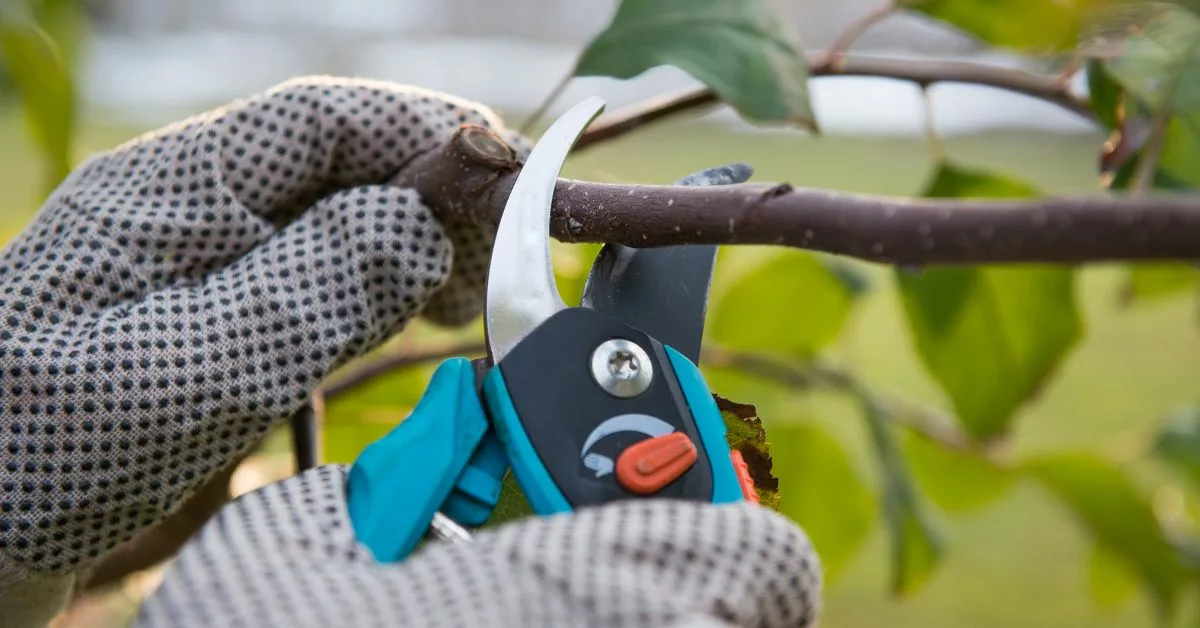Pruning is a fundamental aspect of garden maintenance that involves selectively removing parts of a plant to shape it, control its size, encourage healthy growth, and enhance its overall appearance. Here’s a comprehensive guide on everything you need to know about garden pruning in the UK:
-
Tools:
- Invest in good-quality pruning tools, including sharp secateurs, pruning shears, loppers, and a pruning saw for larger branches. Keep them clean and well-maintained to ensure effective cuts.
-
Timing:
- Different plants have varying pruning requirements, so timing is crucial. Generally, late winter to early spring is a good time for most deciduous plants, while summer-flowering shrubs are often pruned after they bloom.
-
Reasons for Pruning:
- Shape and Size Control: Prune to maintain the desired shape and size of the plant.
- Health: Remove dead, diseased, or damaged branches to improve overall plant health.
- Encourage Flowering: Prune to stimulate the growth of flowers and fruits.
- Air Circulation: Thinning out dense growth enhances air circulation, reducing the risk of diseases.
- Renewal: Renew older plants by removing old or unproductive wood.
-
Types of Pruning:
- Deadheading: Remove spent flowers to encourage continuous blooming.
- Thinning: Remove excess growth to improve air circulation and light penetration.
- Heading Back: Reduce the height of a plant by cutting back the tips of branches.
- Crown Reduction: Reduce the overall size of a plant by selectively removing branches.
- Rejuvenation Pruning: Cut back overgrown or neglected plants to stimulate new growth.
-
Pruning Techniques:
- Angle of Cut: Make clean cuts at a 45-degree angle to promote healing and discourage water accumulation.
- Remove Suckers: Eliminate suckers (vigorous shoots arising from the base) to maintain the plant’s form.
- Pruning Above Buds: Cut just above a bud, ensuring the bud faces outward to encourage outward growth.
-
Pruning Fruit Trees:
- Follow specific pruning guidelines for fruit trees to improve yield and quality.
- Remove crowded or weak branches to allow sunlight and air to reach the fruit.
-
Evergreen Shrubs and Hedges:
- Prune evergreen shrubs in the growing season, shaping them to maintain a neat appearance.
- Trim hedges regularly to promote density and a well-manicured look.
-
Climbers and Ramblers:
- Prune climbing and rambling plants according to their flowering habits.
- Train and tie stems to support structures to encourage vertical growth.
-
Avoid Over-Pruning:
- While pruning is essential, avoid over-pruning, as it can stress the plant and compromise its health.
-
Clean Up Debris:
- Remove pruned material promptly to prevent the spread of diseases and pests.
-
Consult Plant-Specific Guidelines:
- Different plants have unique pruning requirements. Consult plant-specific guides or seek advice from local garden centres.
Remember that each plant may have specific needs, so it’s essential to research and understand the pruning requirements of individual species in your garden. Regular, thoughtful pruning will contribute to the overall health and beauty of your garden.
